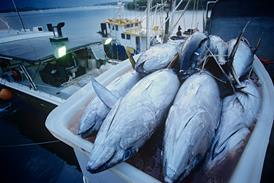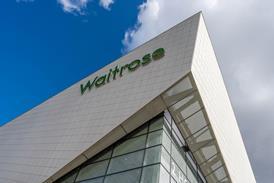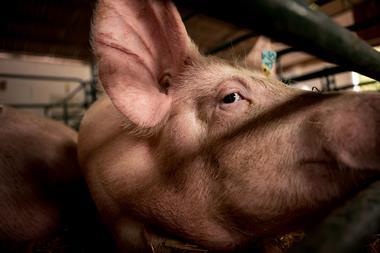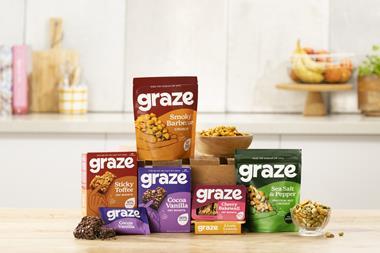Kimberly-Clark has put its weight behind solving the issue of availability - a problem that could be worth more than £40m to the trade in lost sales of products
Retailers know that disappointed shoppers faced with empty shelves not only create missed sales opportunities but also lead to brand-loyal customers switching stores. Millions of pounds are being invested in understanding what causes the problem and how to fix it.
The size of the opportunity is clear.IGD research shows an average of 8% of sales is lost through out-of-stock items. Every year 13.5 million households spend £337m on Andrex alone, so the stakes are high for manufacturers and even higher for retailers. To engage with retailers on this issue suppliers have to present insights that clearly demonstrate why process changes are necessary.
Kimberly-Clark was in a unique position to contribute to the discussions as our brand portfolio, led by Andrex, is high volume. This allowed the company to focus on using technology to provide a cost-effective solution.
We started by looking across multiple retailers and using point-of-sale information to determine the size and causes of the problem. The results were illuminating for both our company and our retail partners. We found that key products were out of stock for more than half a day every week in three of the big four retailers.
There were four main reasons for this. The most significant problem was replenishment issues, where stock was in store but not on the shelf. This accounted for 45% of cases.
Another major cause was stock file errors, often referred to as ghost stock. This accounted for 33% of out-of-stock products. Put simply, this occurred where the store system believed it had stock when actually it hadn't.
Stores generated orders based on stock levels and sales. If the stock level was positive but there were no sales, then no more items would be ordered. These errors had to be corrected manually to kickstart the replenishment process.
Supply issues accounted for approximately 10% of cases, where the supplier had failed to ensure that products were delivered on time, in full and correctly invoiced.
Finally, missing shelf-edge labels meant critical barcodes were not available to put into key stock management systems, and this represented 10% of out-of-stock items.
It is often at peak trading times that the most gaps appear. For example, Andrex was not on shelves in 20% of stores at 7pm on a Friday.
Using this information we calculated that one retailer alone was losing £1m in missed sales every year just on this product.
Retailers shared our concern at the size of the problem and agreed that it warranted action. However, in-store labour is an expensive cost within retailers' P&L and therefore the response needed to represent a sound business investment. Of course, it was crucial to ensure the solution was value-adding and not prohibitive.
Stores' renewed focus on replenishment has already achieved some great results. Availability has increased in the past twelve months by two percentage points to 95%, resulting in sales rising 2.5%. That equates to incremental sales on products with significant demand and brand loyalty.
Availability is important to retailers at all levels, making the issue of out-of-stock products a vital one. Manufacturers need to work closely with retailers and suppliers so we can all achieve our full sales potential.n
Troy Warfield is MD of
Kimberly-Clark UK and Ireland













No comments yet